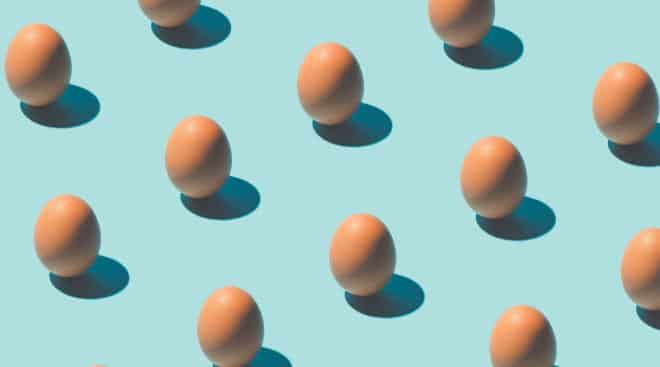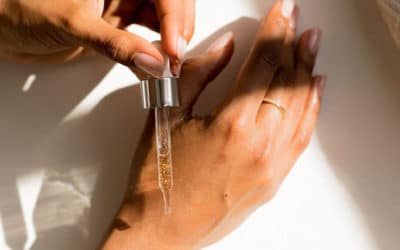Ovulation is when an egg is released from one of your ovaries and usually occurs midway through the menstrual cycle, which we are told is usually day 14 based on a ‘typical’ 28 day cycle (although a healthy cycle can vary between 24-35 days, so long as it is the same length cycle after cycle).
Why is ovulation important?
Ovulation is your fertile time of the month, once you’ve ovulated there is a small window of fertility for 5-6 days. Knowing when you’re ovulating will help you time sex to increase your chances of conception.
How do I know if I’m ovulating?
There are some key signs and symptoms of ovulation. Once you tune into your body and your cycle, these will become second nature to pick up on. These include:
Cervical mucus
When you wipe after urinating, you may notice you feel a little wetter and more slippery down there – this is ovulation! Egg-white, stretchy cervical mucus is a key indicator of ovulation, this is your most fertile time. Cervical mucus keeps sperm alive for up to 5 days.
Basal body temperature
Your basal body temperature increases after ovulation takes place. You can purchase a thermometer, like this one from Natural Cycles, and measure your basal body temperature, which is taken on waking, before even getting out of bed.
Cervical position
Your cervical position changes during ovulation, moving higher up into the body so that you may not be able to feel it when inserting your fingers into the vagina.
Ovulation kits
Ovulation test strips can detect increasing hormone levels in your urine which occurs during ovulation. An alternative to ovulation test strips is Ovusense, a small device worn inside the vagina overnight that can pinpoint ovulation and your fertile window (linked to an app).
Track your menstrual cycles
Ovulation usually occurs 10-16 days before your next period starts, so tracking your cycles is a good way of becoming more in tune with the timing of ovulation.





